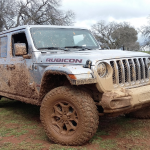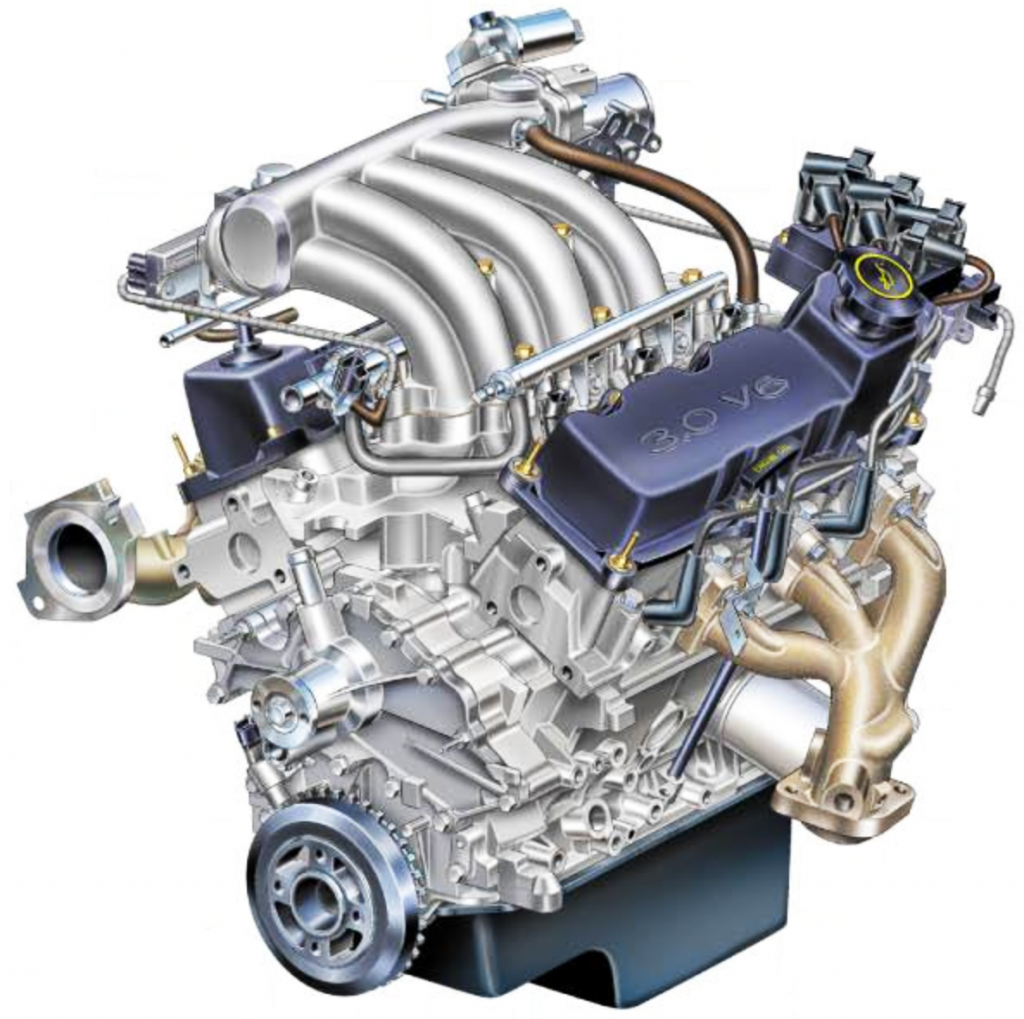
A hit with fans and critics alike, the 1998 Wes Anderson film Rushmore is a rare treat for movie fans with an appetite for mild surrealism combined with sparse but brilliant dialogue–not to mention the incredible directing. But there’s something else brilliant about Rushmore that often goes overlooked: the music.
Composed by Mark Mothersbaugh, founding member of new-wave art-rock band Devo, the Rushmore soundtrack is the engine (stick with me here) that helps define the film’s quirky, dreamlike atmosphere. If you’re just getting around to watching this movie, be sure to take notice of the score–it’s fabulous.
As it turns out, Mothersbaugh has produced the soundtracks of a number of highly regarded films, among them these Wes Anderson classics: Bottle Rocket, The Royal Tenenbaums, and The Life Aquatic with Steve Zissou. In each of these films, the soundtrack plays an integral role in shaping the general feel of the film, and in each, I would argue, Mothersbaugh’s work goes underappreciated.

In much the same way, Ford’s “Vulcan” V6 went mostly unnoticed when it debuted in one of the most radical new cars ever developed by Ford: the new-for-1986 Taurus. The sleekly sculpted Taurus—and its Mercury companion, the Sable—earned kudos from critics and customers for its ride, handling, cabin appointments, and modern design. Largely undiscussed was the car’s drivetrain.
Though a 2.5-liter 4-cylinder was the base engine, Taurus production was overwhelmingly V6, at least for retail customers (some fleet buyers opted for the implied frugality of the four).
The Vulcan V6 was all-new for 1986, and it was designed with the Taurus in mind. A conventional pushrod design featuring a cast-iron head and block, the Vulcan pushed no boundaries mechanically. Instead, the powerplant was designed to be inexpensive to build, reliable, and reasonably fuel efficient.
Unrelated to any other Ford engine that came before or after it, the Vulcan came in at 3.0 liters, and was never offered in another displacement. Depending on application, it produced between 135 and 155 horsepower, and was usually mated to a 3- or 4-speed automatic transmission, and occasionally to a 5-speed manual.
The Vulcan engine was designed from the start to be fuel-injected, and was never fitted with a carburetor. A flex-fuel version of the engine, which could be safely operated on E85 ethanol fuel as well as gasoline, was offered in several vehicles.
Vulcan production ended after the 2008 model year, when it was dropped from the available-engine lineup of the long-running Ford Ranger compact pickup.
Despite some early hiccups such as head-gasket leaks, water-pump failures, and a rough idle—all of which were reportedly addressed by the 1988 model year—the Vulcan engine eventually gained a reputation for being smooth, reliable, and long-lived.
Maybe the Vulcan doesn’t deserve as much credit for the huge success of the Ford Taurus as Mark Mothersbaugh does for the critical acclaim lavished on Rushmore, but the engine’s simple, unassuming nature certainly contributed to the car’s sales success.
Collected here are all the Ford—and Mazda—vehicles that have been offered with the Vulcan V6. If you’ve spent time with this unsung automotive hero, please tell us about it. The place to leave comments is down below.
Ford Aerostar: 1987-1997
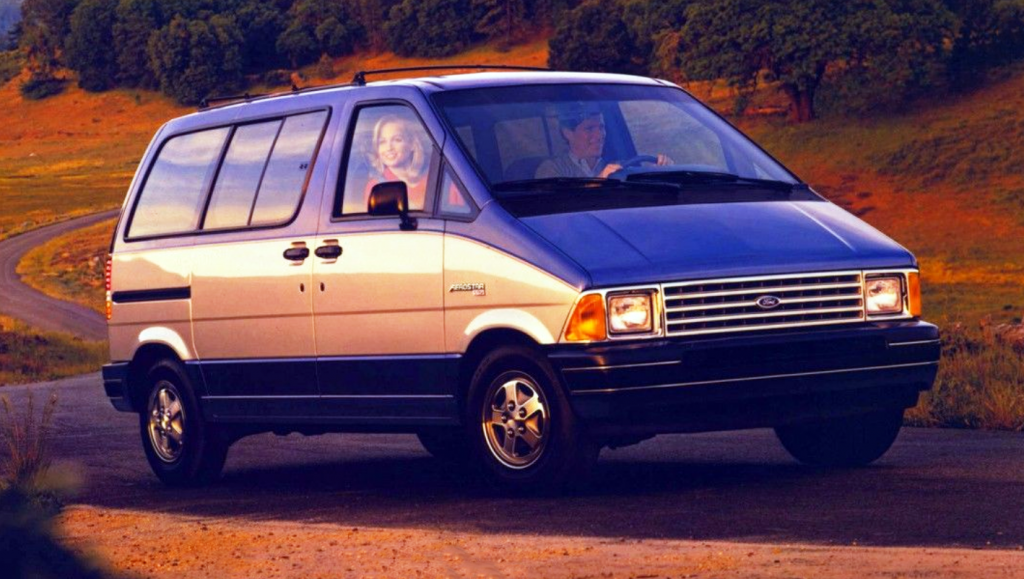
Horespower: 140 (1987)
The Aerostar minivan was offered with a number of engines over its lifetime, including a 2.3-liter four, a 2.9-liter “Cologne” V6, and a beefy 4.0-liter V6 borrowed from the Ford Explorer. The Aerostar was the Vulcan V6’s first rear-wheel-drive installation.
Ford’s Tarnished “Stars”: Three Second-Tier Vans with First-Tier Names
Ford Probe: 1990-1992
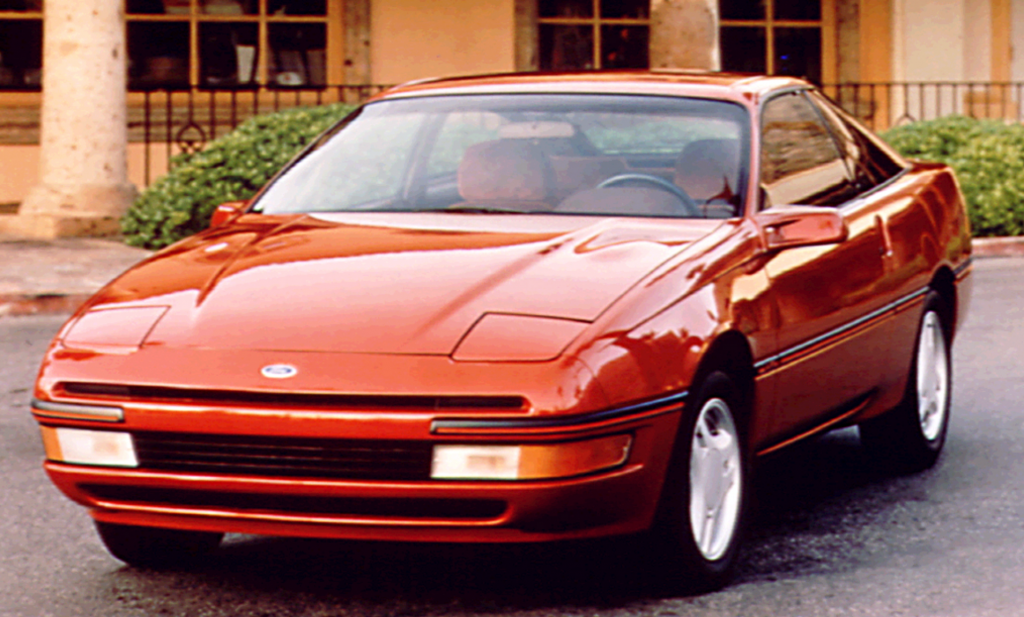
Horsepower: 140 (1990)
The Ford Probe was designed in cooperation with Japanese automaker Mazda, and was mechanically similar to the Mazda MX-6. Though the two cars were built on the same assembly line in Flat Rock, Michigan, only the Probe was offered with the Vulcan engine. The V6 was offered only in the midlevel Probe LX, offering customers a needed alternative to the mild-mannered base 4-cylinder Probe and the high-performance turbocharged GT. Probe customers could pair the V6 with a 5-speed manual.
Ford Ranger: 1991-2008
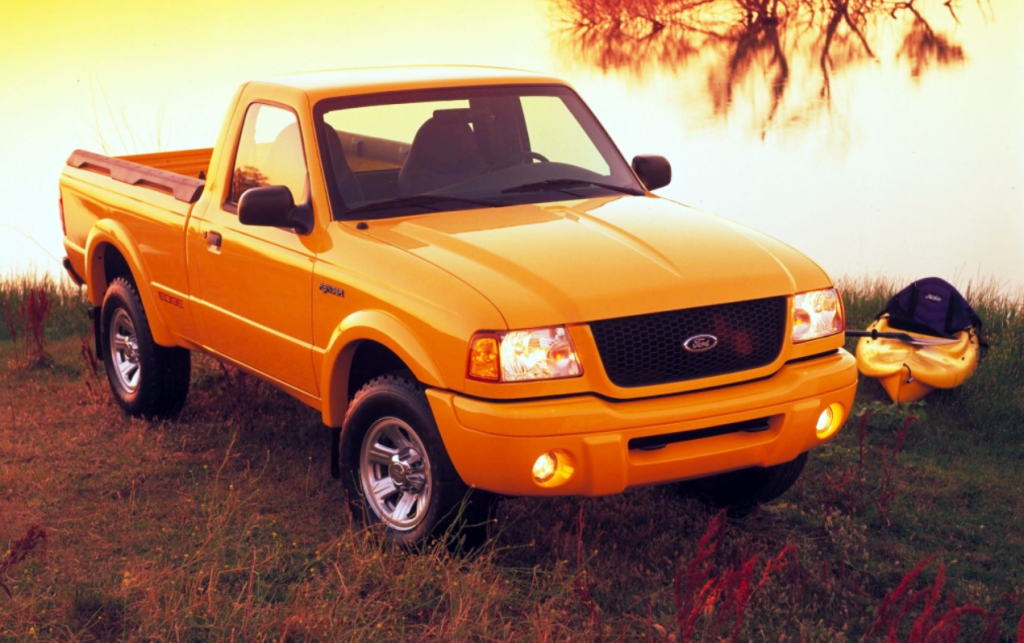
Horsepower: 140 (1991)
The Vulcan V6 was introduced in the Ford Ranger just two years before the truck would be redesigned. For 1991 and 1992, the Vulcan engine was rated at 140 horsepower and was available only on rear-wheel-drive models. For the redesigned 1993 trucks, the engine’s horsepower rating was bumped up to 145 and it was made available on 4WD models. As in the Probe, Ranger buyers could pair their Vulcan engines with a 5-speed manual transmission. Note that for 1994, Mazda replaced its homegrown B-Series pickups with a rebadged version of the Ranger for sale in North America. That truck was also offered with the Vulcan V6 (see below).
Cheap Wheels: 1993-98 Ford Ranger Splash
Ford Taurus: 1986-2007
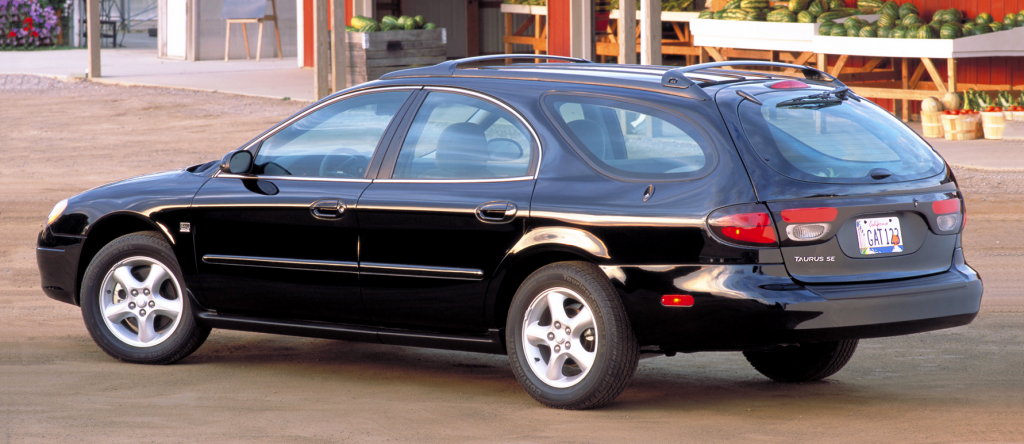
Horsepower: 140 (1986)
Ford sold around 2 million first- and second-generation Tauruses, most of which came equipped with the Vulcan V6. For the 1986 Taurus, moving up to the Vulcan engine set shoppers back $611 over the standard 2.5-liter engine–which was money well spent, by most accounts. Demonstrating the Vulcan’s thrifty nature, it was EPA-rated at the same 20 mpg in combined city/highway driving as the base mill.
Review Flashback! 1986 Ford Taurus
Ford Tempo: 1992-1994

Horsepower: 135 (1992)
Perhaps responding to the high take rate on the optional V6 offered in the Chevrolet Beretta and Corsica, Ford opted to shoehorn a six under the hood of its popular Temp0 compact car. While 135 horsepower may seem a little shy of the threshold for excitement, the Vulcan powerplant represented a serious step up in power from the Tempo’s standard 2.3-liter four. In the Tempo, the Vulcan engine was paired only with a 3-speed automatic transmission.
Ford Windstar: 1995-2000
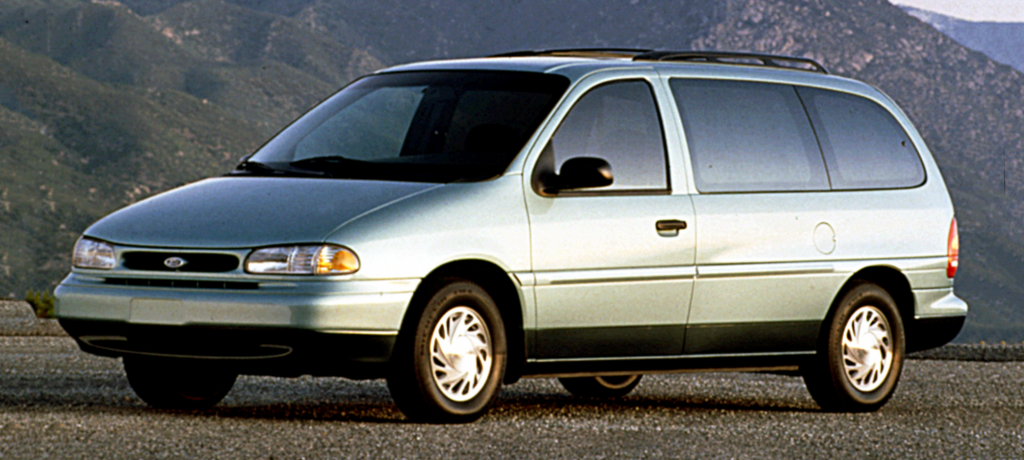
Horsepower: 150 (1995)
Ford’s first front-wheel-drive minivan was rolled out for 1995, with the Vulcan V6 as its standard engine. The 3.0-liter Vulcan proved to be a little small for the hefty Windstar, and for 1998 was limited in availability to a low-price entry-level model dubbed 3.0L. Other Windstars were powered by Ford’s 3.8-liter “Essex” V6, which was unrelated to the Vulcan.
Remembering “Cash for Clunkers”
Mazda B3000: 1994-2007
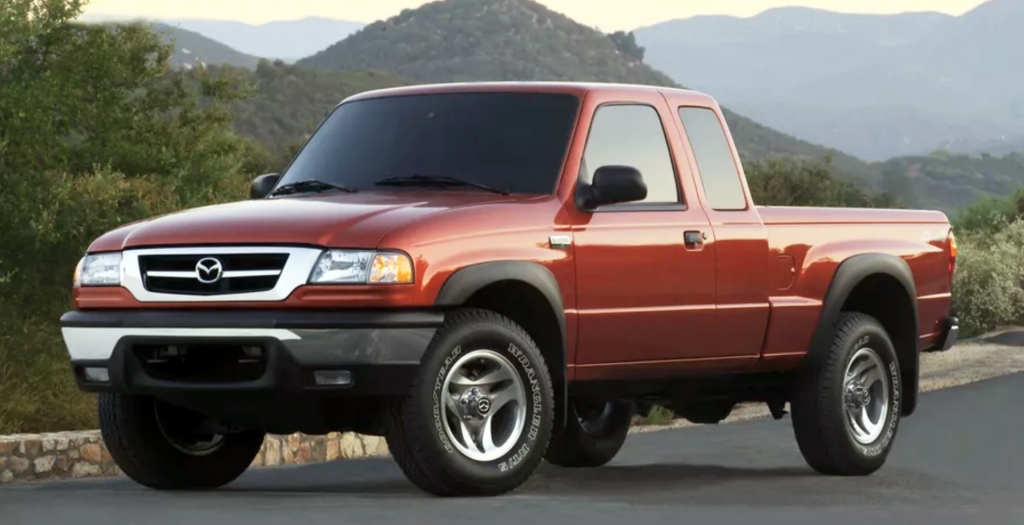
Horsepower: 145 (1994)
With North American sales lagging projections Mazda opted to replace its homegrown B-Series pickups with rebadged Ford Ranger models beginning in 1994. Mazda B-Series model names indicated the engine size–the B2300 was powered by a 2.3-liter four, and the B4000 a 4.0-liter V6. Vulcan-powered trucks were predictably dubbed B3000. As in the Ranger, the Vulcan V6 was available in the B3000 mated to a 5-speed manual transmission.
Mercury Sable: 1986-2005
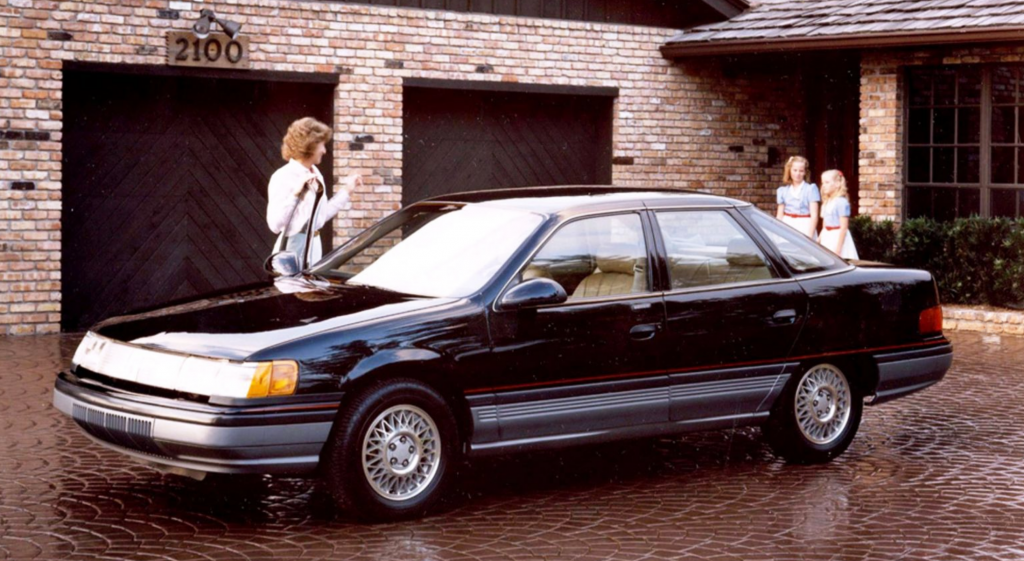
Horsepower: 140 (1986)
Unlike the similar Ford Taurus, the Sable was never offered with a 4-cylinder engine. Mercury customers chose instead between the standard Vulcan powerplant or Ford’s 3.8-liter Essex V6. The Vulcan engine was offered only with a 4-speed automatic transmission.
Mercury Topaz: 1992-1994
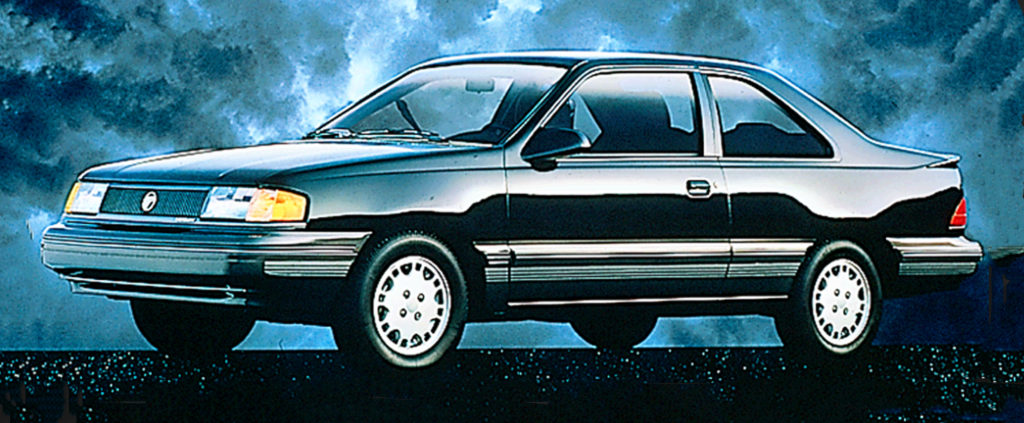
Horsepower: 135 (1992)
A clone of the Ford Tempo, the Mercury Topaz saw the same availability of the Vulcan V6 as did the Ford. It’s worth noting that at 20 mpg combined, the Topaz’s standard 2.3-liter four was only rated 1 mpg more fuel efficient than the Vulcan powerplant.


